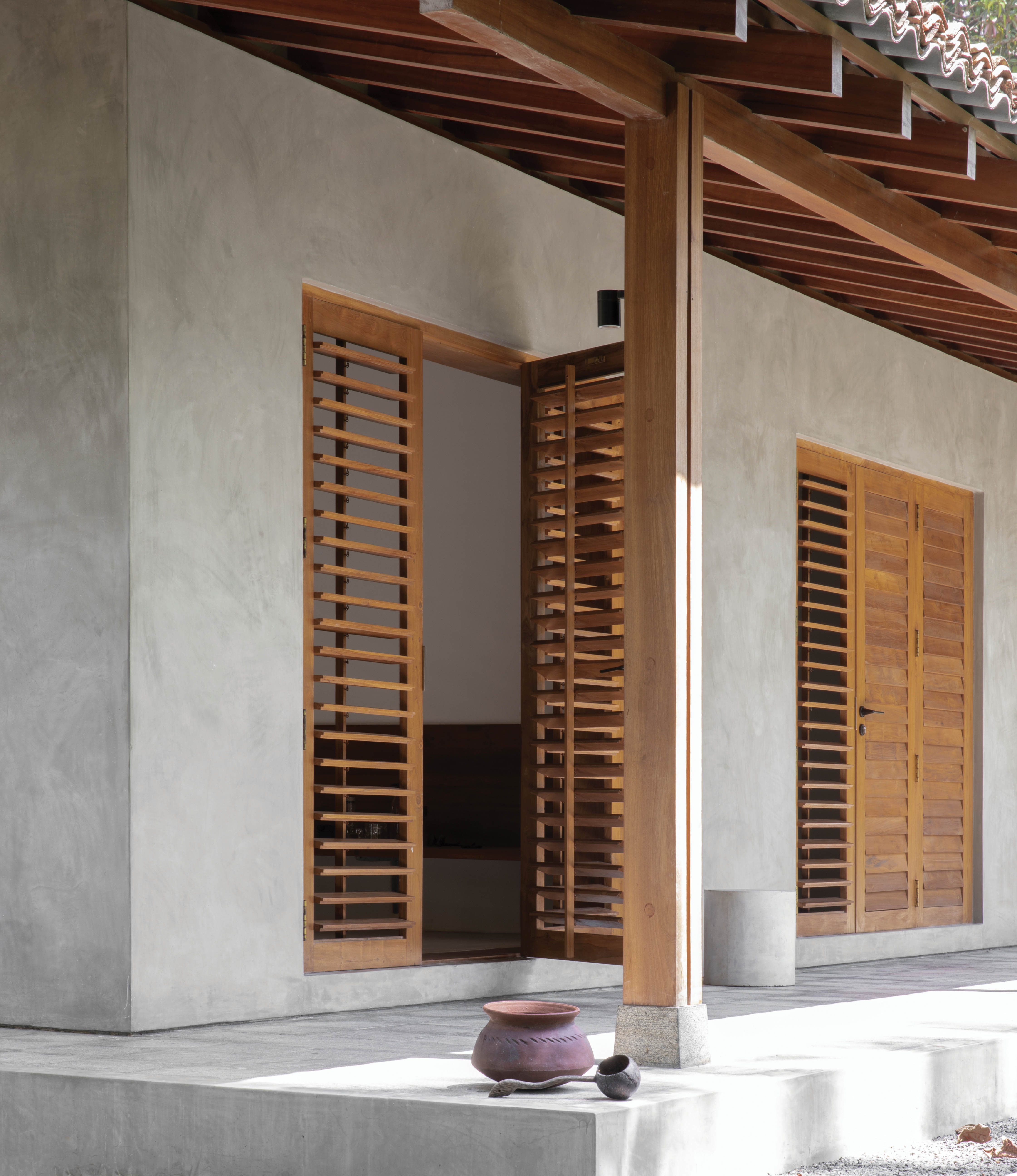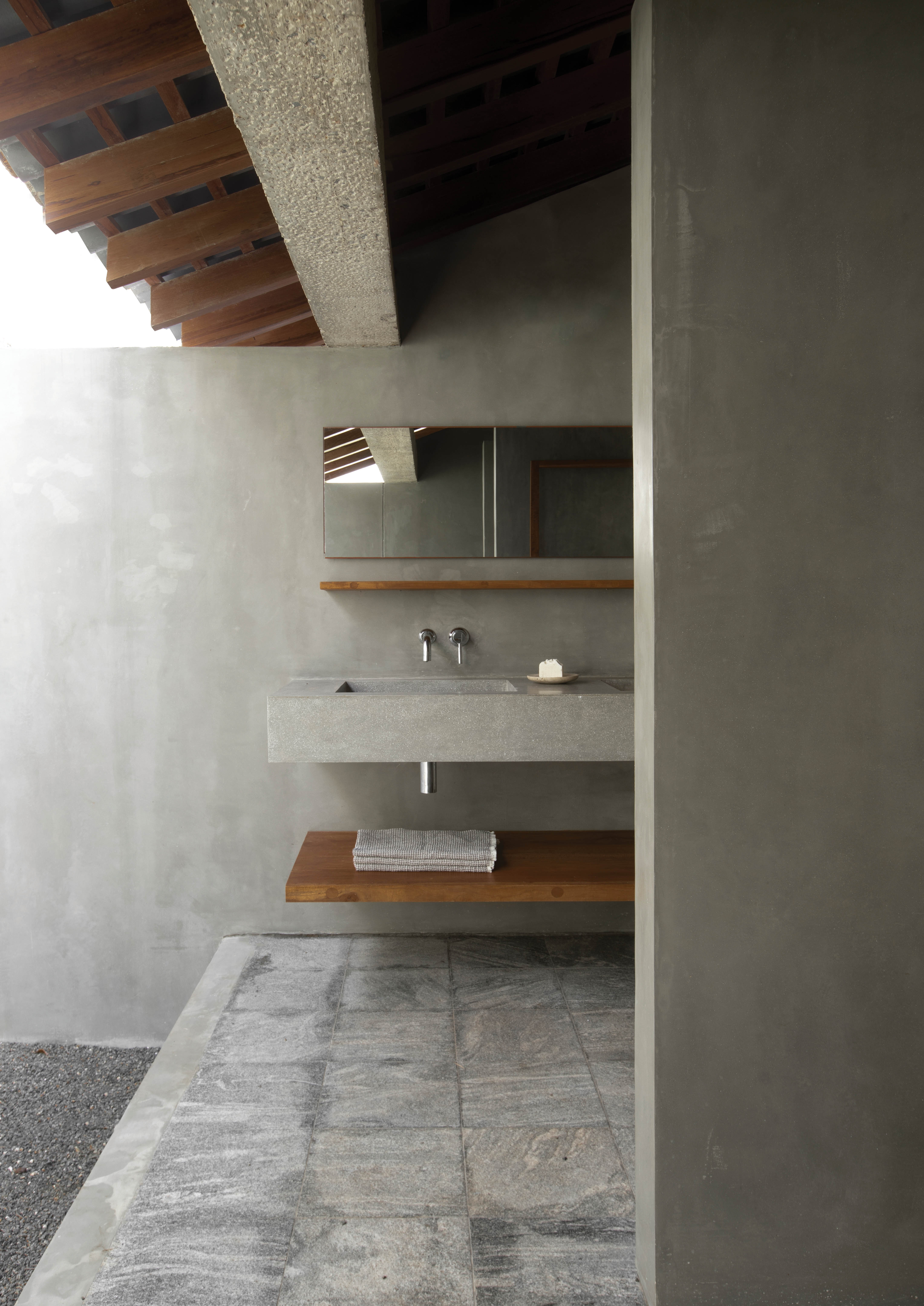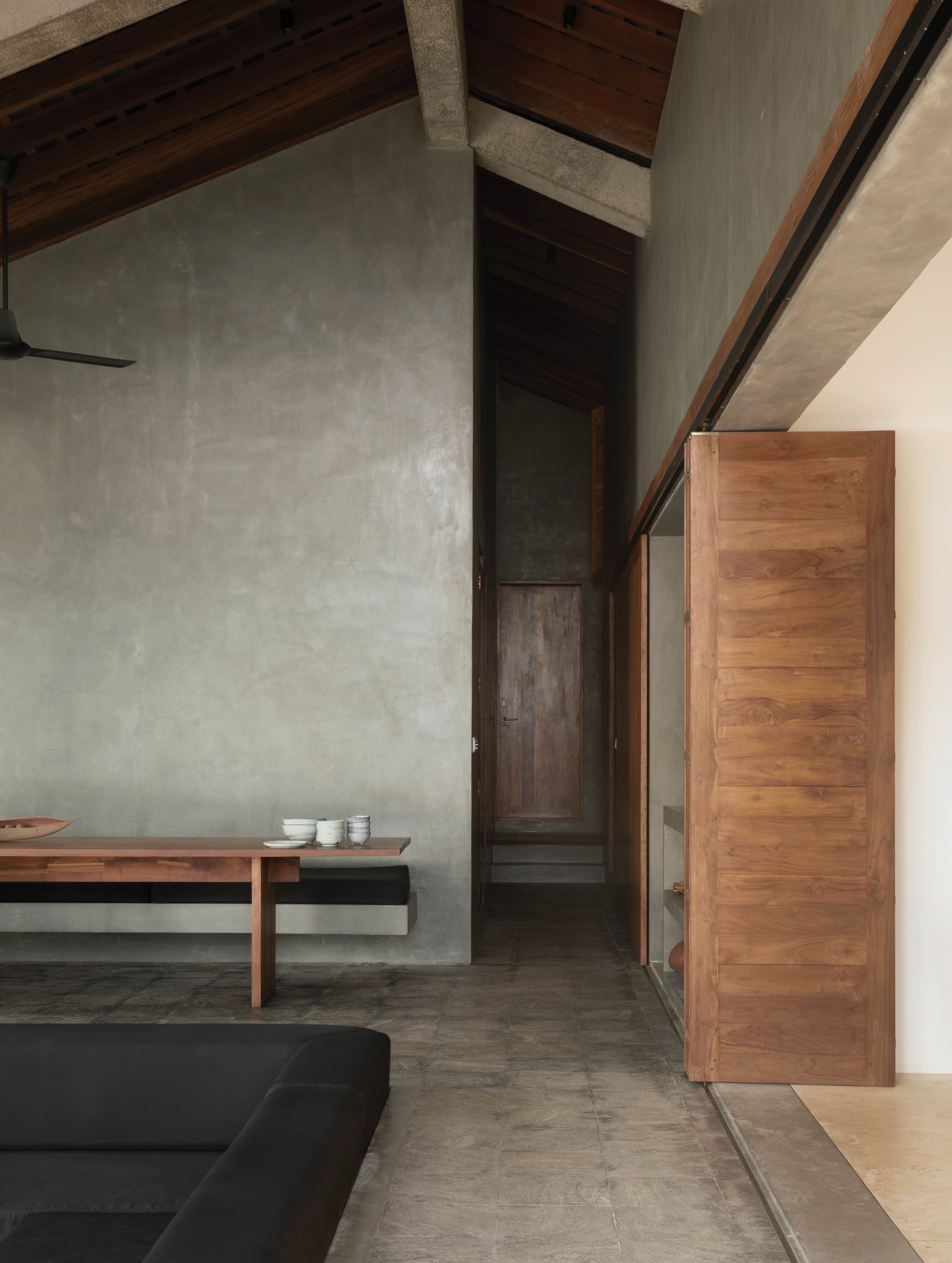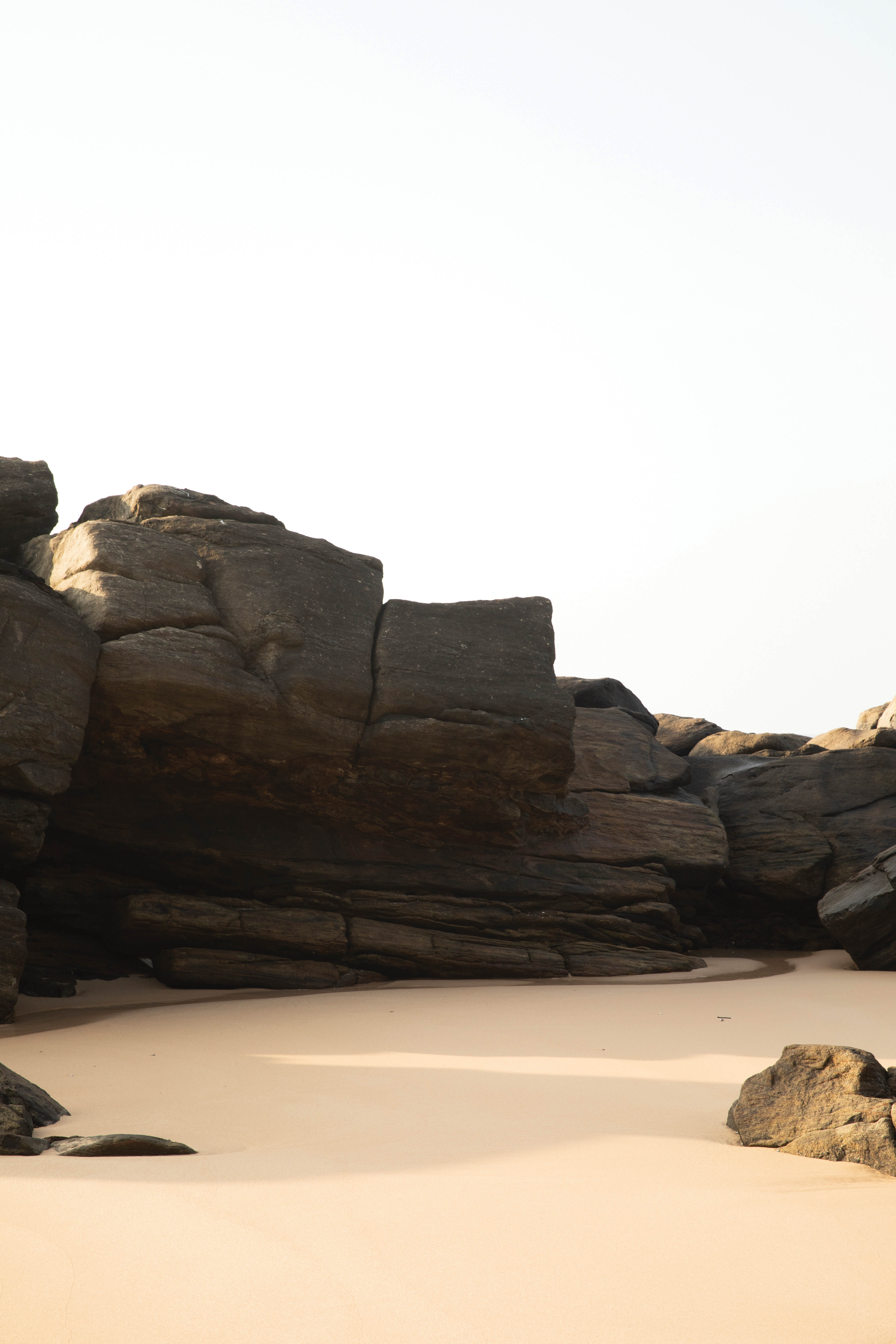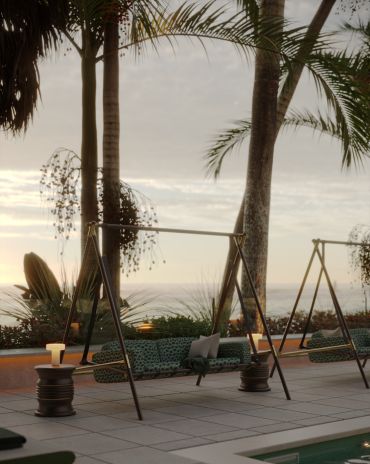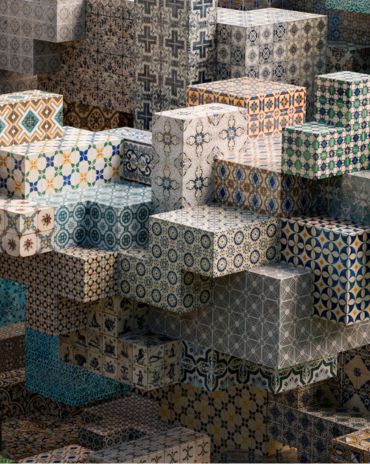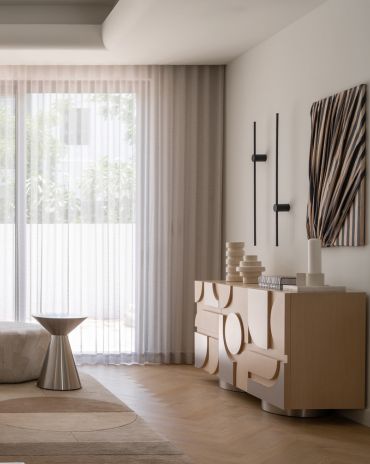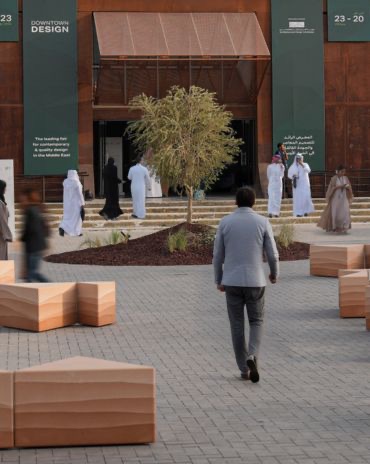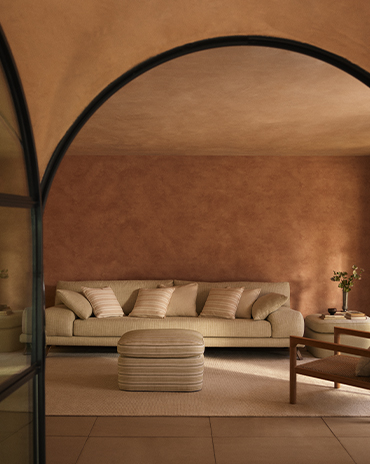Copyright © 2025 Motivate Media Group. All rights reserved.
K House by Norm Architects is a minimalist holiday home in Sri Lanka inspired by its tropical setting
The Sri Lankan holiday home blends into its surroundings, offering open spaces that emphasise its tropical landscape
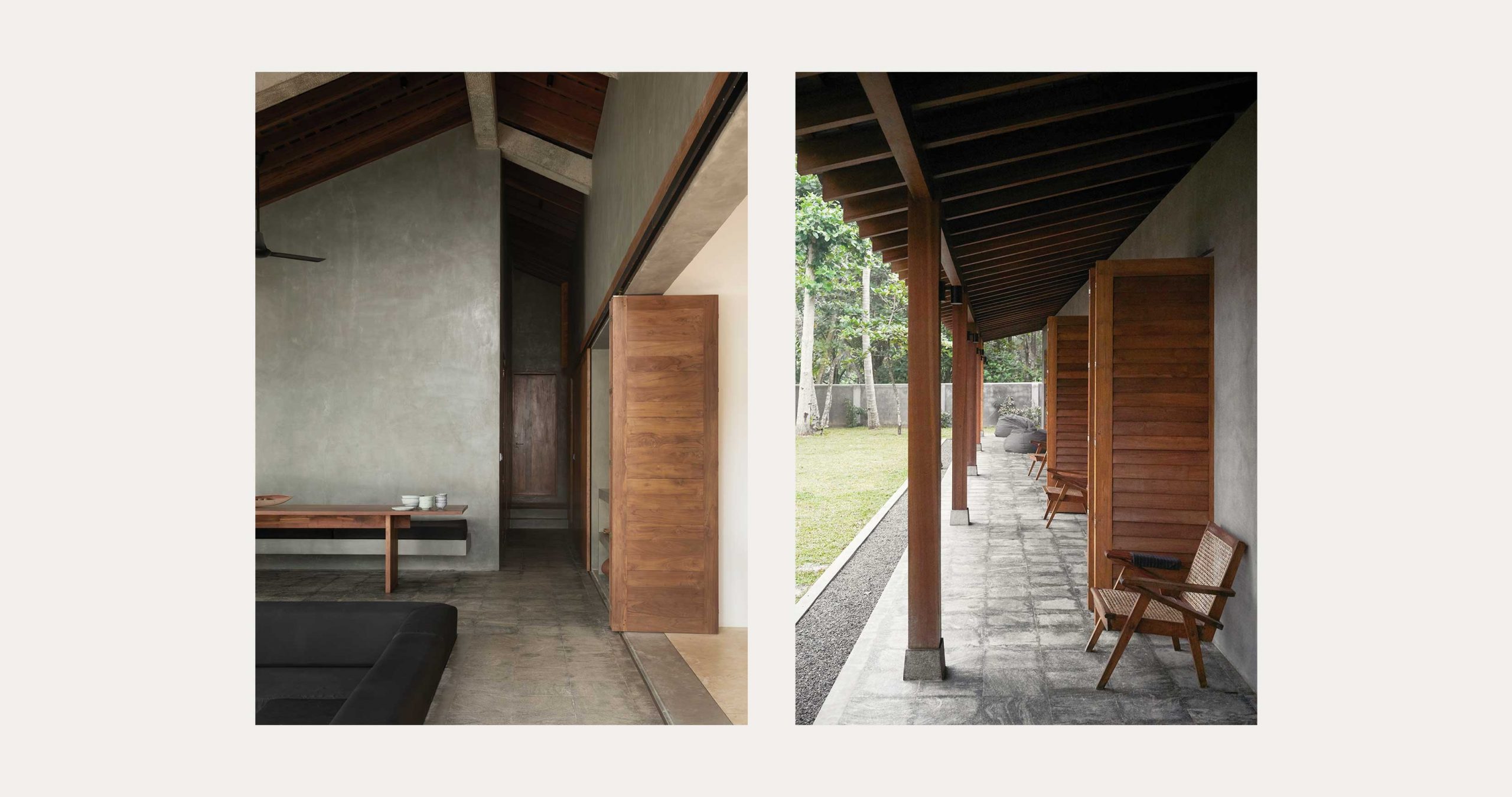
Situated in the small fishing village of Kottegoda, near Hiriketiya beach in the southern province of Sri Lanka, the K House offers an architecture that is inspired by its tropical setting, using natural materials and climate constraints to inform its design.
Designed by Danish firm Norm Architects and Chinese studio Aim Architecture, K House is a secluded beachfront property surrounded by lush vegetation and striking views over the ocean, boasting an architecture that effortlessly blends into its surroundings through the use of large openings, soft transitions and natural materials.
The exclusive villa resort is comprised of two peaked-roof concrete buildings – East House and West House – which together form an L-shape, framing a central garden and pool area that slopes down towards the spotless sandy beach.
While the East House sits atop the hilly part of the property, opening up to the sea, the West House is slightly tucked away behind a patch of leafy trees, providing a more sheltered feel and an added sense of privacy.
The barn-like structures feature a polished concrete façade while the roof is made out of recycled terracotta tiles, shading the outdoor areas of local granite stone. Both buildings feature a series of shutters made from local teak wood that can be pushed back to reveal the surrounding landscape, creating an interplay of open and closed spaces.
The West House comprises living spaces that evoke a more intimate and enclosed atmosphere, complete with polished cement walls and floors. The rooms are withdrawn and private, with minimal interiors and décor providing a peaceful place to retreat to when necessary.
The chunky sink basins in the bathrooms are made from dark grey terrazzo, two of which open up to the private stone-walled courtyards, allowing for the luxurious sensation of showering outdoors.
The property is also home to an array of bespoke furniture including an inbuilt sofa in the luxuriously pared-back lounge area and headboards that extend the full length of the bedroom walls, acting as either a seating option or a tabletop. Together with the teakwood dining tables and chairs, it graces the rooms with a touch of warmth. The combination of these modern and minimal furniture selections along with other locally sourced antique pieces and accessories creates an interior setting that is familiar while staying true to its locality.
Contrastingly, the interiors of the East House has a more open-plan layout featuring white-painted surfaces, that are adorned by locally sourced antique artworks.
The outdoor living and dining spaces make up the common areas of the villa complex, where large sliding doors open up to key spaces of the garden, while the generous roofs of the buildings shelter both areas from rain and sunlight, creating a comfortable feeling of being in nature, while simultaneously remaining protected.
The Latest
Minotticucine Opens its First Luxury Kitchen Showroom in Dubai
The brand will showcase its novelties at the purity showroom in Dubai
Where Design Meets Experience
Fady Friberg has created a space that unites more than 70 brands under one roof, fostering community connection while delivering an experience unlike any other
Read ‘The Winner’s Issue’ – Note from the editor
Read the December issue now.
Art Dubai 2026 – What to Expect
The unveils new sections and global collaborations under new Director Dunja Gottweis.
‘One Nation’ Brings Art to Boxpark
A vibrant tribute to Emirati creativity.
In conversation with Karine Obegi and Mauro Nastri
We caught up with Karine Obegi, CEO of OBEGI Home and Mauro Nastri, Global Export Manager of Italian brand Porada, at their collaborative stand in Downtown Design.
The Edge of Calm
This home in Dubai Hills Estate balances sculptural minimalism with everyday ease
An interview with Huda Lighting at Downtown Design
During Downtown Design, we interviewed the team at Huda Lighting in addition to designers Tom Dixon and Lee Broom.
Downtown Design Returns to Riyadh in 2026
The fair will run its second edition at JAX District
Design Dialogues with KOHLER
We discussed the concept of 'Sustainable Futures' with Inge Moore of Muza Lab and Rakan Jandali at KCA International.
Design Dialogues with Ideal Standard x Villeroy & Boch
During Dubai Design Week 2025, identity held a panel at the Ideal Standard x Villeroy & Boch showroom in City Walk, on shaping experiences for hospitality.
A Touch of Luxury
Here’s how you can bring both sophistication and style to every room

